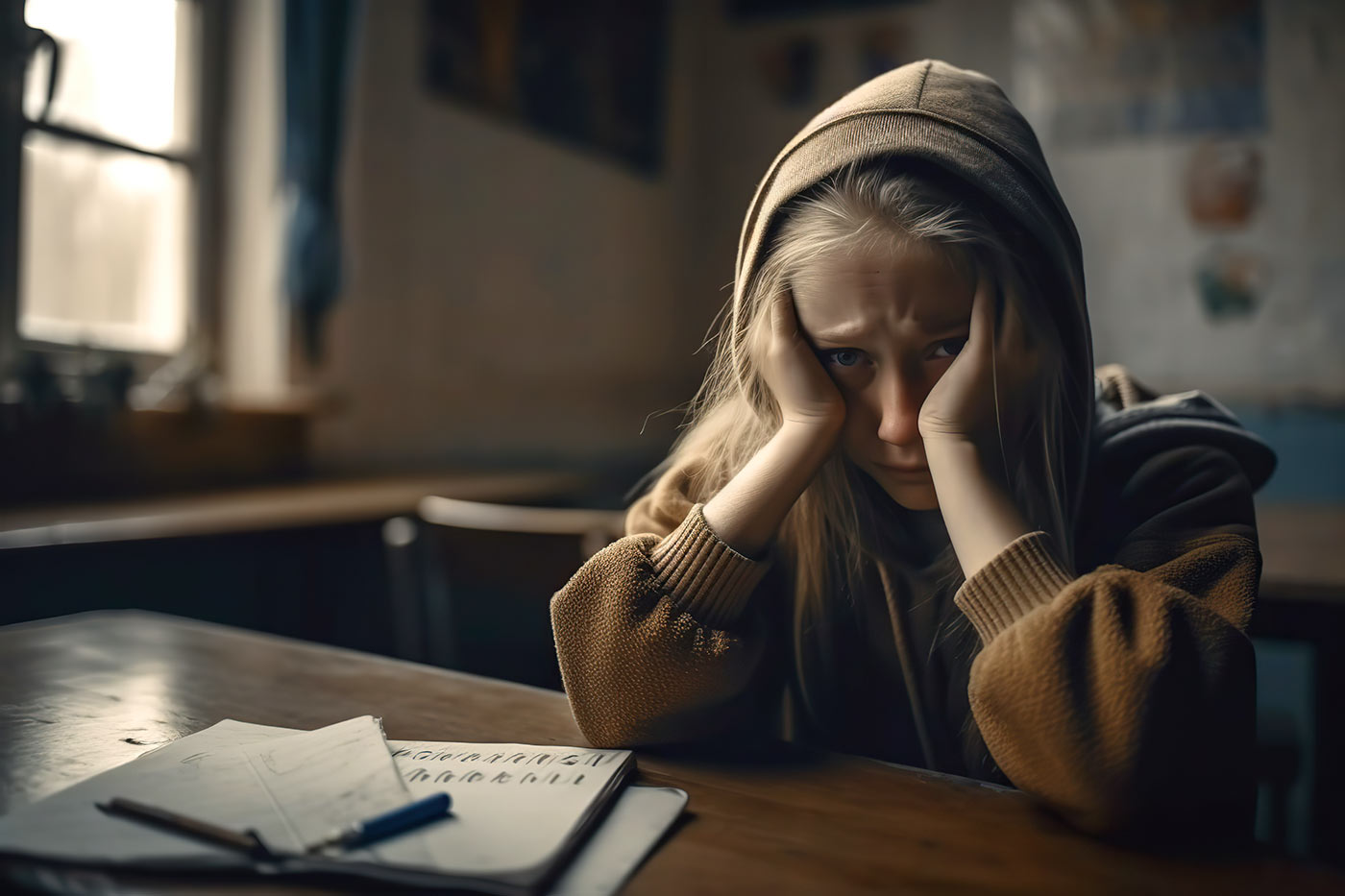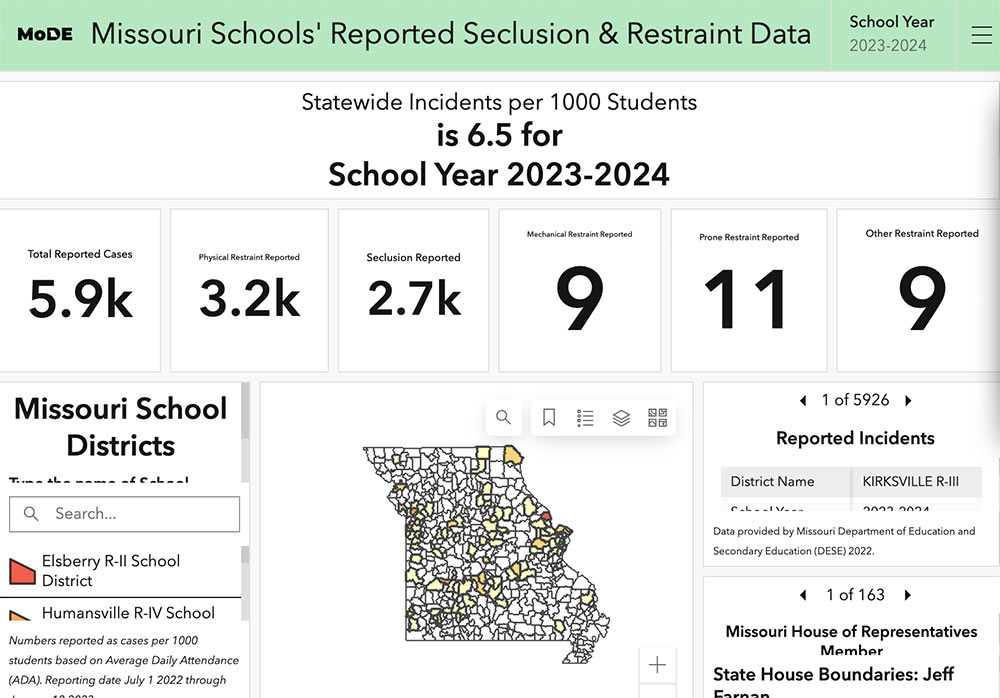Seclusion and Restraint
Advocating for Safe and Inclusive Schools
At MoDE, we are dedicated to ensuring that every student has access to a safe and inclusive learning environment. One of the critical issues we are addressing is the use of seclusion and restraint in schools. These practices, while sometimes necessary, require careful oversight to protect students' rights and well-being.
Understanding Seclusion and Restraint
Seclusion involves confining a student alone in an enclosed space, often with locking hardware, while restraint entails using physical contact to restrict a student's movement. These interventions should only be used in emergency situations where there is a threat of harm to the student or others. DESE provides guidelines for their use, but it's essential to recognize the potential impact on students, particularly those with disabilities.
Seclusion involves confining a student alone in an enclosed space, often with locking hardware, to prevent them from harming themselves or others. It is used as a last resort in emergency situations.
Restraint entails using physical contact to restrict a student's movement. It may involve holding a student to prevent them from harming themselves or others.
Seclusion and restraint should only be used in emergency situations where there is an immediate threat of harm to the student or others. These interventions are not meant to be punitive measures or used as a form of discipline.
Yes, the Missouri Department of Elementary and Secondary Education (DESE) provides guidelines for the use of seclusion and restraint in schools. These guidelines outline when and how these interventions should be used, as well as requirements for documentation and reporting.
Research has shown that seclusion and restraint can have detrimental effects on students, both physically and psychologically. Students subjected to these practices may experience trauma, anxiety, and a loss of trust in school staff.
Yes, there are alternative strategies and interventions that can be used to address challenging behaviors and ensure the safety of students and staff. These may include positive behavior supports, de-escalation techniques, and individualized behavior plans.
MoDE is actively advocating for stronger regulations and oversight regarding the use of seclusion and restraint in Missouri schools. We are working with lawmakers, educators, and community members to raise awareness, promote policy changes, and ensure that all students receive the support and protection they need.

Impact on Students
Research has shown that seclusion and restraint can have detrimental effects on students, both physically and psychologically. Students subjected to these practices may experience trauma, anxiety, and a loss of trust in school staff. Moreover, these interventions disproportionately affect students with disabilities and those from marginalized communities.
Our Advocacy Efforts
MoDE is actively advocating for stronger regulations and oversight regarding the use of seclusion and restraint in Missouri schools. We are collaborating with lawmakers, educators, and community members to raise awareness and promote policy changes. Additionally, we have mapped out the data of seclusion and restraint in Missouri schools to identify areas for improvement.
Current Legislative Initiatives
In the current legislative session, we are supporting bills that aim to strengthen regulations surrounding seclusion and restraint. These initiatives include HB 1663, HB 2113, HB 1714, and SB 812, introduced by Rep. Tara Peters, Rep. Oehlerking, Rep. Tricia Byrnes, and Senator Mary Elizabeth Coleman, respectively. By advocating for these bills, we are working to ensure that all students receive the support and protection they need.
Get Involved
Join us in our efforts to advocate for safe and inclusive schools. Whether you're a parent, educator, or concerned community member, your voice matters. Together, we can work towards creating positive change and ensuring that every student's rights and well-being are protected.

